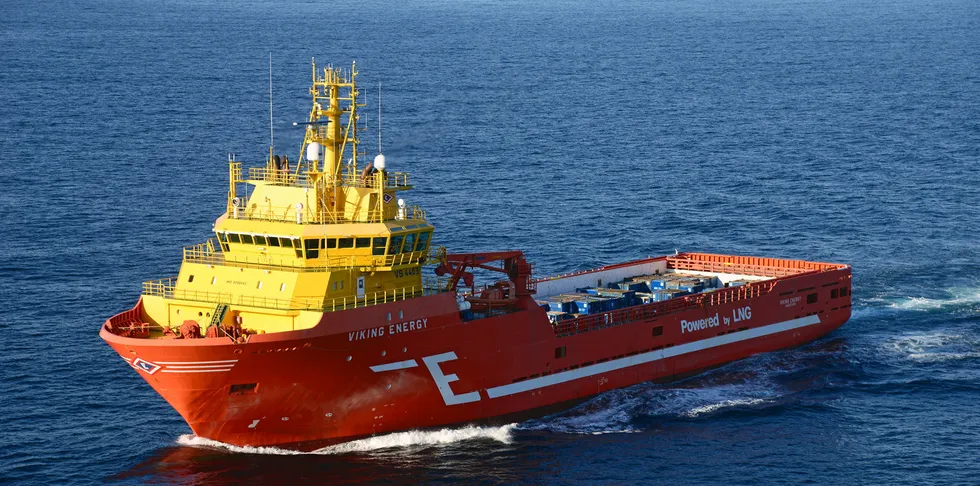Could this vessel move the needle on greening deepsea operations in oil and wind?
A new EU project that will test the use of ammonia fuel cells to run an offshore supply ship has ambitions to change the way oceangoing vessels are powered

A new EU project that will test the use of ammonia fuel cells to run an offshore supply ship has ambitions to change the way oceangoing vessels are powered
